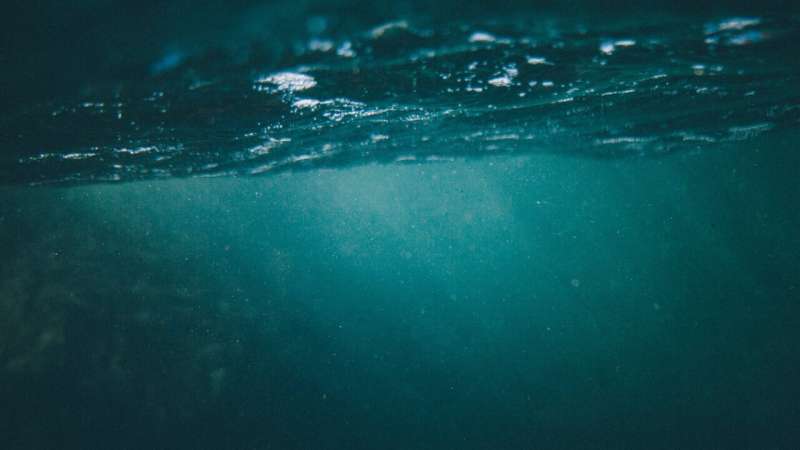Microplastics in belugas worked their way up food chain, researchers find

Microplastics are being found in even the most remote waters, say Simon Fraser University researchers who studied how the particles ended up in the stomachs of beluga whales through prey.
A new study published in the journal Science of the Total Environment looked at five species of Arctic fish known to be eaten by beluga whales.
Of the fish studied, 21 percent were found to have microplastic particles in their gastrointestinal tracts.
Coupled with the findings of the team's previous work looking at the amount of microplastic found in beluga stomachs, researchers estimate that the whales ingest upwards of 145,000 particles of microplastics a year.
The lead author of the study, Rhiannon Moore, says that while the possible health impacts on belugas are unknown, the findings underscore how pervasive plastics are.
"When we first investigated seven different beluga stomachs and found microplastics in all of them, I was quite surprised. These are animals that were in very remote northern areas and it wasn't just one kind of plastic that we found," says Moore, who recently completed a masters of science degree at SFU.
This is the first study to document microplastics in the stomachs of fish from the Eastern Beaufort Sea, located north of the Northwest Territories, Yukon and Alaska.
Microplastic fibers, found in textiles and clothing, made up 78 percent of the particles found in the stomachs of fish.
The prevalence of microplastics in oceans is an emerging environmental concern and Moore says the studies show how nowhere is immune.
"We use so much plastic in our society, and when improperly discarded they break apart into smaller and smaller pieces, and that makes them easy to be transported in ocean environments," she says. "The results of these studies just further point to the reality that microplastics don't stay in one place. They move through the air, the water, they're in sediment, and now we understand they're moving through the food chain."
Moore, who is now a Zero Waste Outreach Coordinator with the City of Victoria, says the studies just provide a snapshot in time and pointed out researchers don't know how long microplastics may stay in the digestive tract of animals or how they may be detrimental to their health.
But it points to a need for humans to make more of an effort reduce the amount of plastic waste we produce.
"This study adds to our long list of pollutants that end up in the Arctic, and highlights the need for urgent action to stem the release of plastics and microplastics in the more densely populated south," adds Peter Ross, senior scientist at Raincoast Conservation Foundation, and co-author on the study.
More information: R.C. Moore et al, Microplastics in beluga whale (Delphinapterus leucas) prey: An exploratory assessment of trophic transfer in the Beaufort Sea, Science of The Total Environment (2021). DOI: 10.1016/j.scitotenv.2021.150201
Journal information: Science of the Total Environment
Provided by Simon Fraser University





















